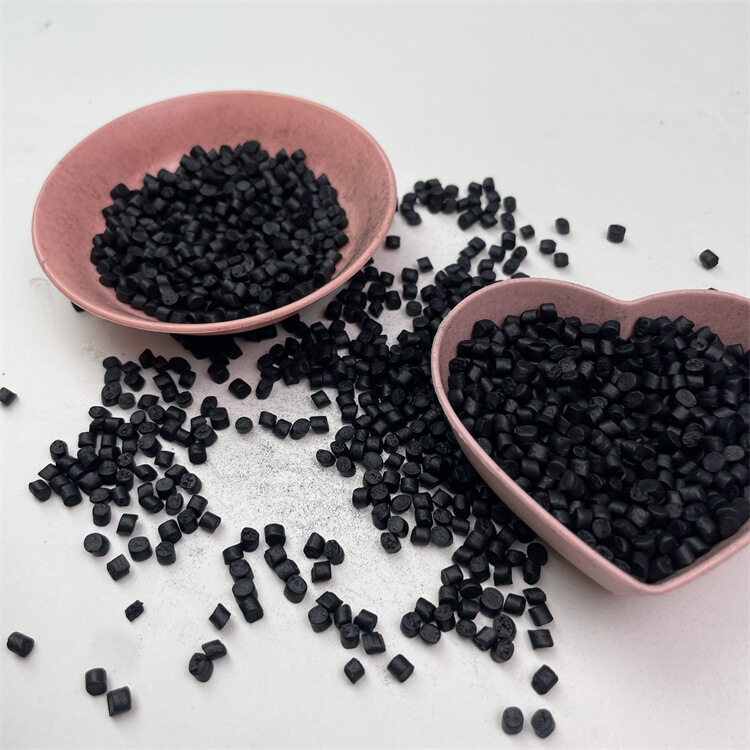Ошибка формата электронной почты
emailCannotEmpty
emailDoesExist
pwdLetterLimtTip
inconsistentPwd
pwdLetterLimtTip
inconsistentPwd

Offer Technical Support and Customized Solutions
The company is committed to creating new and improved plastic materials to meet the evolving demands of the market.

Differentiating Between Polyamide 6 (PA6) and Polyamide 66 (PA66): Exploring the Distinctions
Introduction:
As a leading manufacturer of polyamide 6 (PA6) and polyamide 66 (PA66), Modified Plastics Inc. takes pride in offering high-quality engineering plastics for various applications. In this blog post, we aim to shed light on the differences between PA6 and PA66, providing valuable insights to help you make informed decisions for your projects. Let's delve into the world of polyamides and understand the contrasting characteristics of PA6 and PA66.
What is nylon 6 and nylon 66?
-
Polyamide 6 (PA6): PA6, also known as nylon 6, is a versatile polyamide widely used in engineering applications. It exhibits excellent mechanical strength, good resistance to wear and abrasion, and favorable impact resistance. PA6 possesses a lower melting point compared to PA66, making it easier to process during molding and extrusion. Furthermore, PA6 offers favorable chemical resistance, electrical insulating properties, and dimensional stability, making it an ideal choice for applications in automotive, electrical, and consumer goods industries.
-
Polyamide 66 (PA66): PA66, on the other hand, is known for its exceptional strength, stiffness, and heat resistance. It outperforms PA6 in terms of mechanical properties, offering higher tensile and flexural strength, as well as better creep resistance at elevated temperatures. PA66 exhibits superior thermal stability, with a higher melting point, making it suitable for applications requiring improved heat resistance. Its excellent chemical resistance and dimensional stability contribute to its usage in demanding industries such as automotive, electrical, and industrial equipment.
-
Comparing PA6 and PA66:
What is the difference between nylon 6 and nylon 66?
Mechanical Properties: PA66 boasts superior mechanical properties, including higher strength and stiffness, making it ideal for applications requiring structural integrity and load-bearing capabilities. PA6 offers good mechanical strength while providing better impact resistance and flexibility, making it suitable for applications that involve shock absorption or vibration dampening.
Thermal Properties: Both PA6 and PA66 exhibit excellent resistance to heat and tough environmental conditions, making them suitable for various temperature ranges (-40°C to 120°C for PA6 and -40°C to 150°C for PA66).
Cost Efficiency: PA6 generally has a lower cost compared to PA66, making it a cost-effective option for applications where high mechanical strength is not the primary requirement.
Conclusion:
Understanding the distinctions between PA6 and PA66 is crucial when choosing the right engineering plastic for your desired application. Modified Plastics Inc., as a trusted manufacturer of PA6 and PA66, aims to provide you with high-quality materials tailored to your specific needs. Whether you require the flexibility and impact resistance of PA6 or the superior mechanical strength and heat resistance of PA66, we have you covered. Contact us today to discuss your requirements and benefit from our expertise in engineering plastic manufacturing.
https://www.toponew.com/products/pa6-compound/modified-plastics-pa6-raw-material

